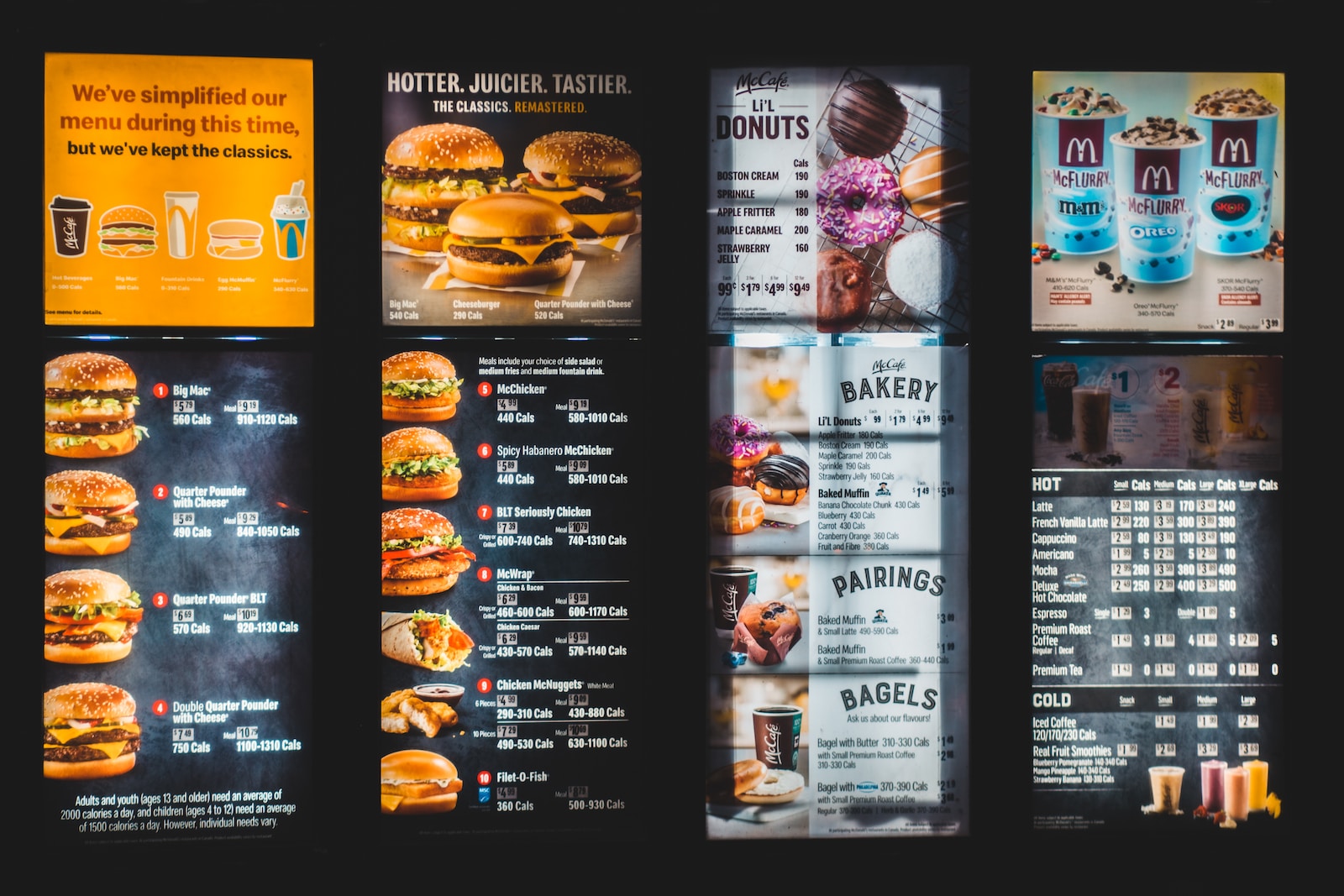Starting a culinary business can be an exciting journey for those with a passion for food and cooking. Whether you hold a bachelor’s degree in culinary arts or have a deep love for creating delicious dishes, a solid business plan is essential for turning your culinary dreams into a successful reality.
In this article, we’ll guide you through the key components of a business plan for your culinary startup.
Introduction to Your Culinary Business Plan
A business plan is like a recipe for your culinary startup’s success. It outlines your goals, strategies, and the steps you need to take to achieve them. Just as a chef carefully plans a menu, you’ll need to carefully craft your business plan to ensure your culinary venture thrives.
-
Executive Summary: The Tasty Overview
The executive summary serves as an appetizer, giving readers a quick taste of what your business is all about. It’s a brief introduction to your culinary startup, including your mission, vision, target market, and unique selling points. This section provides an enticing glimpse of what’s to come in the rest of your business plan.
-
Company Description: Setting the Table
Here, you’ll give a more detailed explanation of your culinary business. Describe the type of cuisine you specialize in, whether it’s gourmet desserts, farm-to-table dining, or a fusion of global flavors. Explain how your background, like a bachelor degree in culinary arts, positions you to excel in this venture. Discuss your values, such as sustainability and quality, that set your business apart in the culinary world.
-
Market Research: Savoring the Demand
To succeed, you need to understand your target audience. Conduct thorough market research to identify trends and preferences in the culinary industry. Who are your potential customers? What do they like? What are their dining habits? Analyzing this data helps you tailor your menu and marketing strategies to meet their desires.
-
Competitive Analysis: Tasting the Competition
Just as you’d research rival restaurants, analyze your competitors. Identify other culinary businesses in your area or those with a similar concept. What do they do well? Where do they fall short? Learning from their successes and shortcomings can help you refine your own offerings and stand out in a crowded market.
-
Menu and Pricing: Crafting Delicious Offerings
Your menu is the heart of your culinary startup. Create a mouthwatering menu that showcases your culinary skills and highlights your unique offerings. Consider dietary preferences and potential allergens to ensure you cater to a wide range of customers. Pricing is crucial, too—find a balance between covering costs and providing value to your customers.
-
Marketing and Sales Strategies: Spreading the Aroma
Let the world know about your culinary delights. Outline your marketing and sales strategies to attract customers. Will you rely on social media, food festivals, or collaborations with local businesses to promote your startup? Detail how you’ll reach your audience and entice them to give your dishes a try.
-
Management and Organization: Assembling Your Culinary Team
Even the best chef can’t do it all alone. Describe your management structure and the roles of key team members. If you have a bachelor’s degree in culinary arts, highlight how your education equips you to lead in the kitchen. Whether it’s chefs, servers, or administrative staff, introduce the people who will contribute to your culinary success.
-
Funding and Financial Projections: Weighing the Ingredients
To start your culinary business, you’ll need funds. Outline your budget requirements, including equipment, ingredients, staff salaries, and overhead costs. If you’re seeking investors or loans, explain how you’ll use the funds and the potential returns. Provide realistic financial projections based on your market research and pricing strategy.
-
Operations Plan: Cooking Up Efficiency
This section explains how your culinary startup will run on a daily basis. Describe your kitchen processes, from sourcing ingredients to cooking and serving. Consider logistics, such as suppliers and storage, to ensure smooth operations. Detailing these processes demonstrates that you’re prepared to handle the demands of running a culinary business.
-
Future Goals and Expansion: The Culinary Journey Ahead
Just as a successful dish leads to requests for more, think about the future of your culinary startup. Outline your short-term and long-term goals. Do you plan to expand to new locations, introduce new menu items, or even publish a cookbook? Sharing your vision for the future shows potential investors and customers that you’re in it for the long haul.
Conclusion: A Flavorful Path Forward
Crafting a business plan for your culinary startup is like creating a signature dish—each ingredient plays a vital role in the final result. With a solid plan in hand, you’re ready to navigate the challenges and relish the rewards of your culinary journey.
Related Articles:
 Blink to exhibit revolutionary quick commerce technology at GITEX 2021
Blink to exhibit revolutionary quick commerce technology at GITEX 2021
 How High Aggregator Commissions Are Killing Your Restaurant Business
How High Aggregator Commissions Are Killing Your Restaurant Business
 Create a Killer Restaurant Business Plan With These 5 Tips
Create a Killer Restaurant Business Plan With These 5 Tips
 Restaurant Metrics to Watch in 2023 to Run a Profitable Business
Restaurant Metrics to Watch in 2023 to Run a Profitable Business
 7 Best Free Online Payroll Software in Canada
7 Best Free Online Payroll Software in Canada



